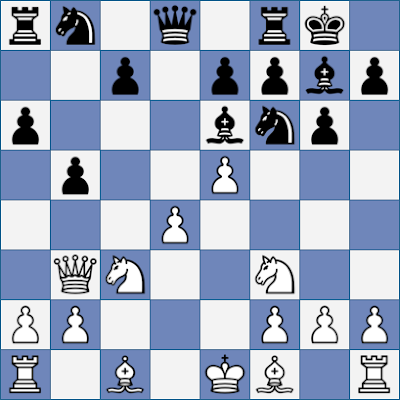A few months ago, I advised a student of around 2000 strength to try to analyse one complicated game deeply and carefully. I asked him to keep on honing and revising his findings until he felt confident that I wouldn’t find any major mistakes in his analysis. I encouraged him not to use analysis engines until he had given it his best effort. He was not allowed to make generalizations about the position and not allowed to stop with the assessment that the position was 'unclear' unless he could demonstrate the effort he had made to find clarity. He is a diligent student and keen to improve, but looking at a complicated game in depth until he understood it move by move, variation by variation, proved to be too much for him. He devoted a few study sessions to this task, a couple of hours at a time, but he came back to me and said that he was 'scared' to do any more. Whenever he tried to look at the position without prejudices he felt 'lost' and 'helples...









